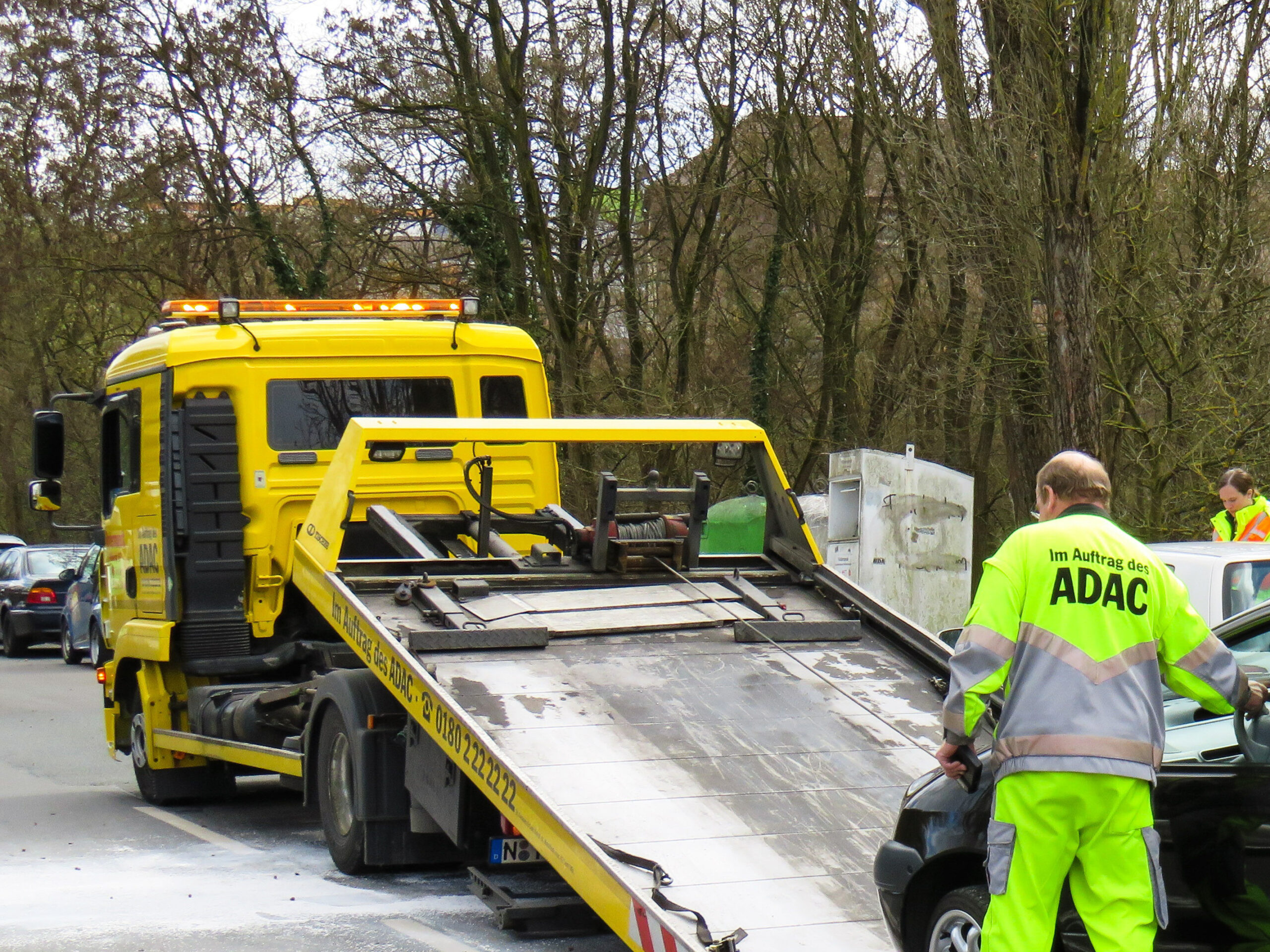By:
VNC Automotive
Date:
9th February 2023
Traditionally, public service vehicles, such as highway maintenance, escort vehicles and breakdown vehicles would be converted by specialist installers who would screw in and fix screens and laptops to the dashboard. In some vehicles, this means that the whole of the passenger side is completely overrun with equipment.
Now, there is an opportunity to have all that equipment connected into the OEM dashboard screen and have all the technology controlled from one central point. We recently talked to our CEO, Tom Blackie, and Roger Lanctot, an industry expert from Strategy Analytics about technology in public service vehicles and the benefits that come from improving integration and connectivity.
“It’s not just about the equipment in the vehicle connecting to the front, it’s the ability to connect to and from the cloud and to back office systems and so forth” – Tom Blackie
Why is it so important to discuss automotive technology in public service vehicles?
Technology moves incredibly fast. And automotive technology has not traditionally kept pace with technology in the mobile device market. That means that there is a vital need to integrate, something that is reflected in applications such as Apple CarPlay and Android Auto.
But for public service vehicles, the need goes far beyond that. The equipment in these vehicles isn’t for entertainment but is necessary to streamline the workflows of those working in potentially hazardous environments.
How can these vital applications be integrated into public service vehicles?
One of the key things that we at VNC Automotive have been doing is connecting the systems that control beacon lights – something that would typically be connected via some kind of keypad, screwed into the dashboard with big buttons – into the existing infotainment screen on the dashboard.
We’ve seen other examples of technology systems that connect from a PC in the boot of the car with its own screen, keyboard, and user interface, again screwed somewhere in the centre console. We’ve been able to strip out all these extra keypads, keyboards, and screens, and have everything seamlessly integrated into the dashboard. The cabin is completely freed up and in so doing safer and more ergonomic for drivers.
“Fundamentally we’re trying to save time and increase efficiency with this kind of an integration solution. The applications are fully integrated, so there’s no difficulty connecting or trying to find a device as they are fully integrated into the vehicle.” – Roger Lanctot
VNC Automotive solutions, such as Cobalt Cube®, eliminate the need for bulky add-on equipment within public service vehicles, allowing drivers to focus on the task at hand. Contact our team to find out more about Cobalt Cube and how in-vehicle connectivity can benefit your fleet.
For further press information or to arrange an interview, please contact marketing@vncautomotive.com
You might also like:
>> The rise of 5G and how it could benefit public service fleets
>> Electrification and AI: What is in store for public service fleets?
>> Cobalt Cube® celebrates first anniversary with global recognition from fleet integrators
VNC Automotive
9th February 2023
